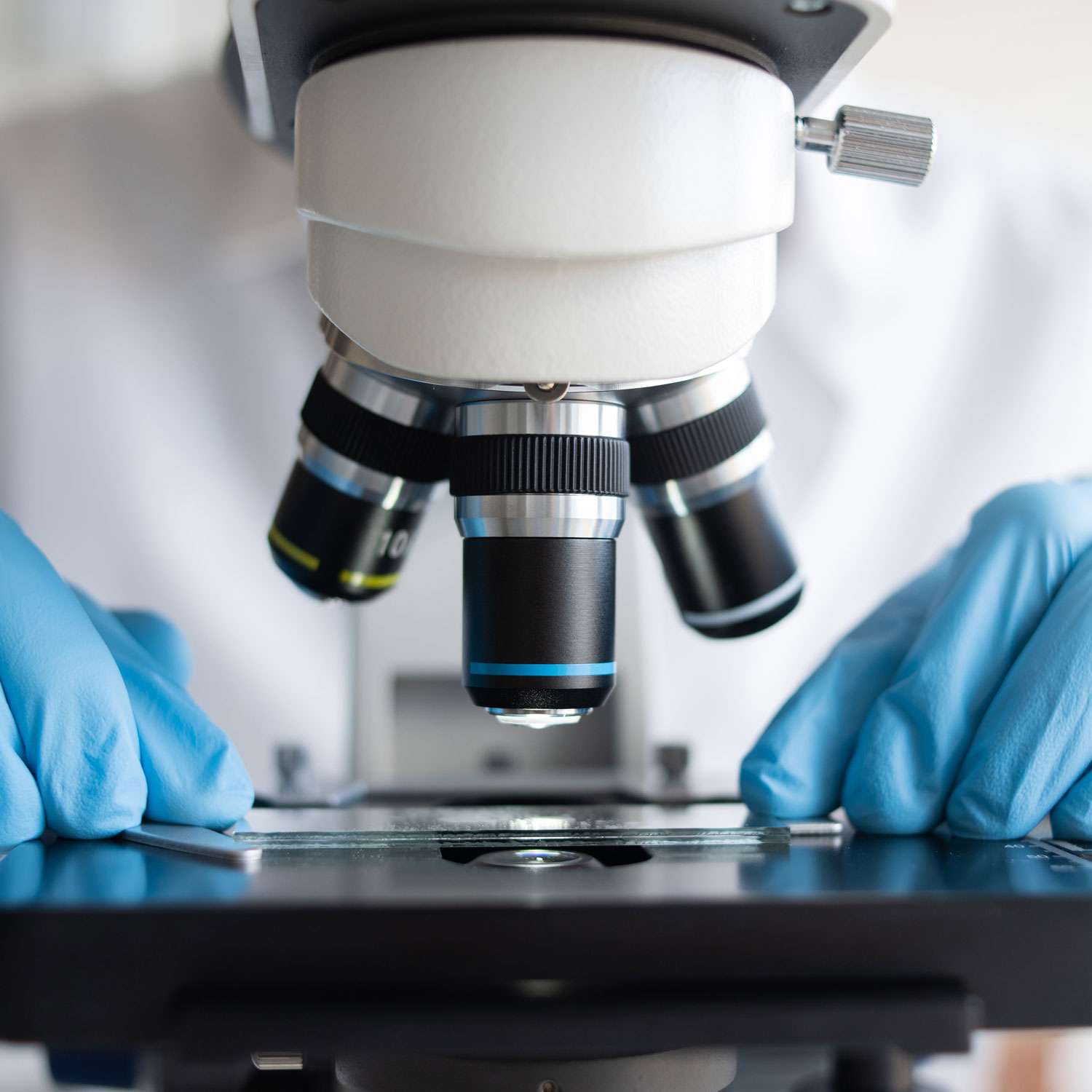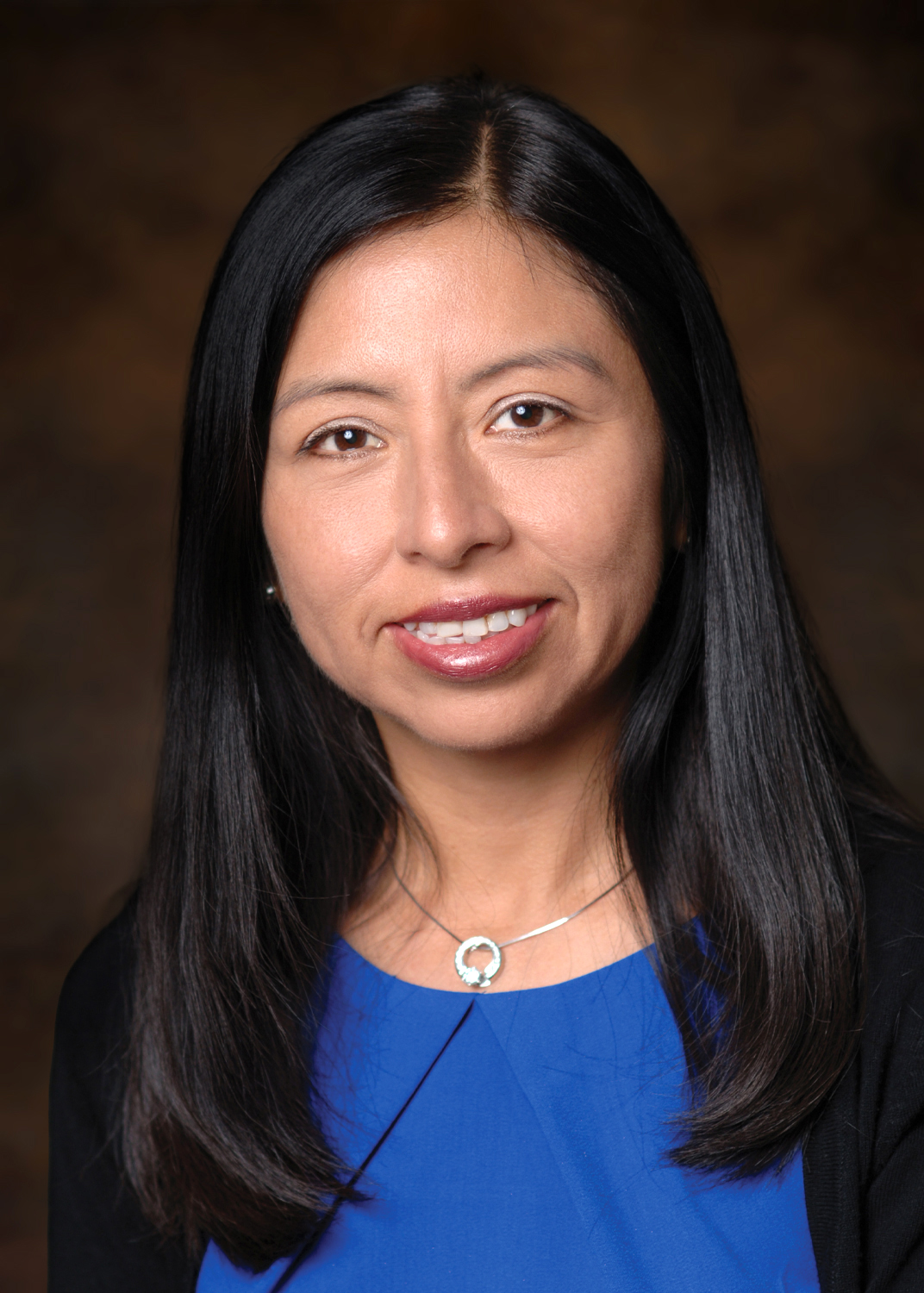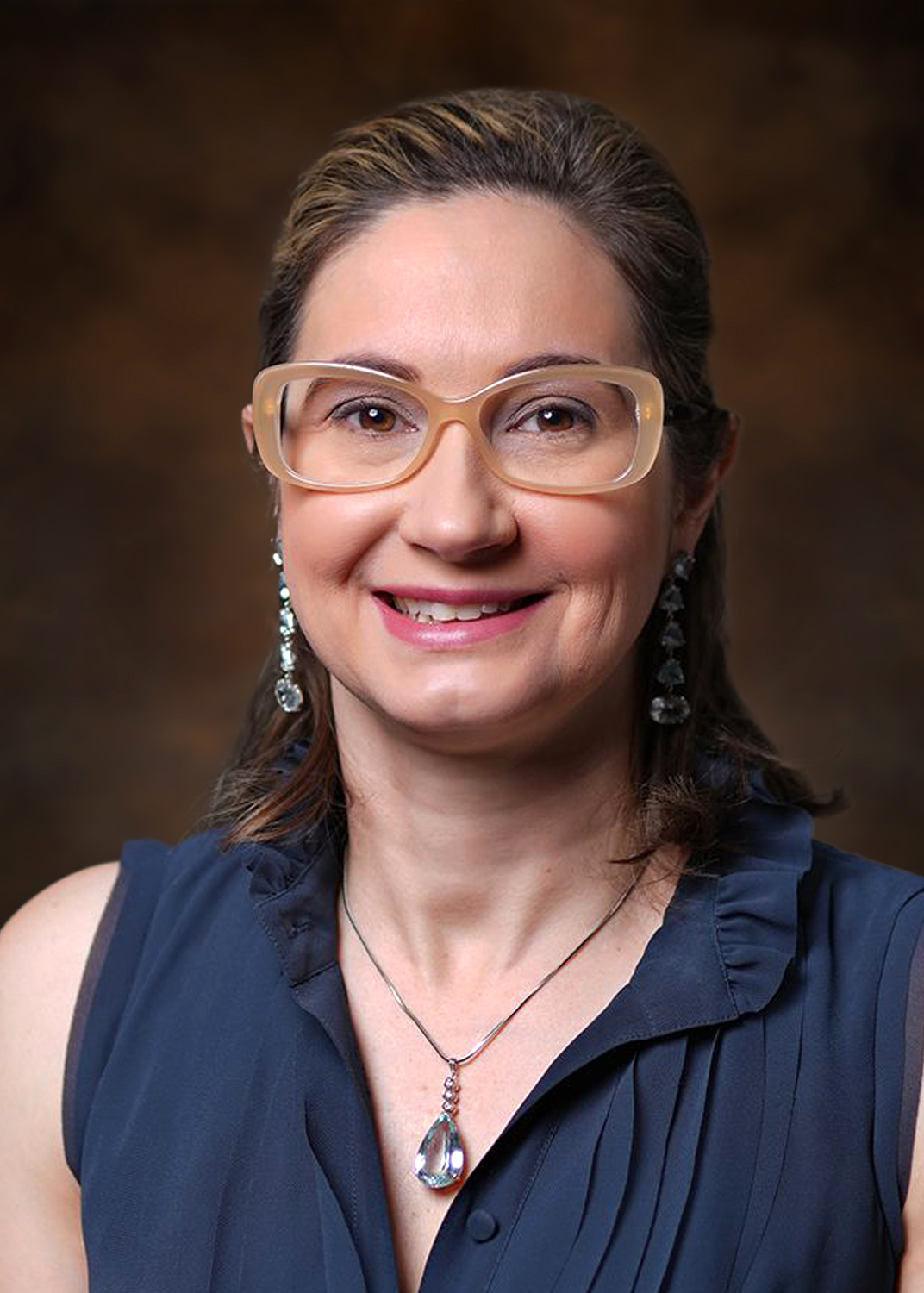The Mohs technique at Madison Medical Affiliates in the Milwaukee area is a highly specialized outpatient procedure for the removal of certain types of skin cancer. Layers of the malignant cancer are removed one at a time and then analyzed microscopically. A physician then determines if the cancer has been fully removed. If it has not, the process is repeated until the cancer is eradicated. The term “Mohs” refers to Dr. Frederick Mohs, who pioneered the procedure in the early 1960s. The best primary care physicians use the Mohs procedure to ensure effective treatment.
ABOUT THE PROCEDURE
Mohs Surgery Step by Step
This method involves five seperate steps:
- Removal of the bulk of the cancer with a skin scraper (curette).
- Surgical removal of a thin layer of skin.
- Drawing a map and preparing the stained frozen tissue sections.
- Examination of the excised tissue under the microscope. After the tissue is removed, it is marked with colored dyes to distinguish the different skin edges.
- Procedure steps 2 through 4 are repeated, but only in the area of the remaining cancer. Only by careful, systematic microscopic examination of the removed skin can one be as certain as possible that no cancer cells remain.

Frequently Asked Questions
- The removal of as little normal tissue as possible.
- The highest chance of curing the patient (under certain circumstances).
- To let the wound heal by itself ("granulation").
- To repair (close) the wound with stitches (either by bringing the wound edges together, or with a skin flap or skin graft).
Meet Our Mohs Surgery Team
Understanding Skin Cancer
Cancer is tissue which grows at an uncontrollable and unpredictable rate.
In the skin, there are three main forms:
- Basal cell carcinoma
- Squamous cell carcinoma
- Malignant melanoma
The names refer to the cell types in the top layer of the skin (the epidermis) from which these cancers are derived.
The most common types of skin cancers are basal cell carcinoma and squamous cell carcinoma. If not removed completely, basal cell carcinoma and squamous cell carcinoma can enlarge from the point where they first occur and can invade and destroy structures in their path. Basal cell carcinoma is unlikely to spread to distant parts of the body (metastasize). However, some squamous cell carcinomas can metastasize. These types of skin cancers are generally recognized in their early stages and are therefore easily cured.
Malignant melanoma, on the other hand, may be life threatening if not treated early. It usually appears as a brownish-black spot or bump on the skin which enlarges and sometimes bleeds. Sometimes melanomas arise in moles which have been present for many years.


